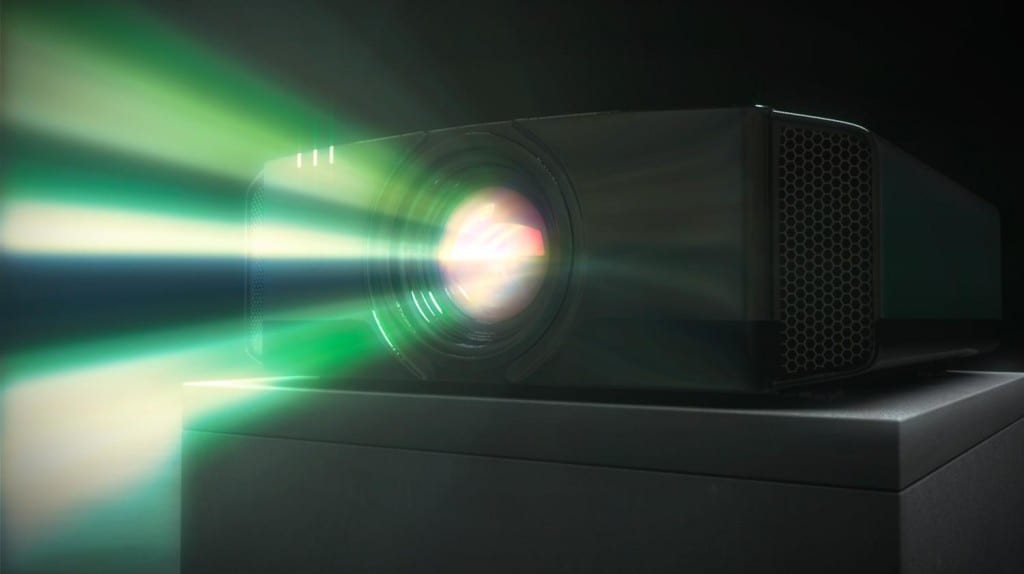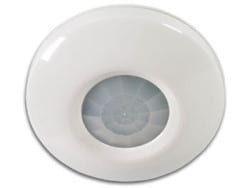In my experience I would use motion sensors and video projection to enhance the experience… As people enter the exhibition they will see decorative wallpaper (of the period) projected onto the walls and as they walk into the centre of the room the motion sensors will detect their movement and the wallpaper will rip. Following this the name of the exhibition, ‘Change’ will light up, as people move into the next part of the exhibition. By using motion sensory technology people will be taken by surprise and it is much easier than physically ripping wallpaper. Also the timing of when the word ‘Change’ lights up works effectively following on from the ripping of the wallpaper, showing what it is representing.
Motion Sensors
There are many types of motion sensors and many of these are available commercially and in varied sizes.
My experience will use passive infrared motion sensors. These are often used in burglar and shop alarms, detecting and measuring infrared energy. These work well because all humans release infrared energy. The amount depends on our body temperature, but all humans and many animals will be ‘sensed’ by this technology. Passive infrared motion sensors use photo detectors which uses the light in the wave lengths caused by our body heat, to an electric current, run through a small computer. This computer would usually be used to sound a burglar alarm, but in my exhibition it would be used to trigger the ripping of the wallpaper, via video projection and following this, the lighting up of the word ‘Change’. The things needed to use this technology can be very small and fairly hard to detect and so the people in my exhibition wouldn’t even know they were there. Photo detectors work when there are big or quick changes to the infrared energy. Normal human movement triggers this, including walking into an exhibition, but small movement, will not cause the technology to work, like the movement of an insect or the change in room temperature.
This is an example of what an infrared motion sensor may look like:
Video Projection
Video projectors create images, still or moving by projecting light, using lenses, on to a surface. This is usually onto a screen or plain wall. Projectors work by light, from a bulb, shining through a prism, which separates the light into colours, which are then sent through small screens. These screens are told how much light to let out to each pixel projected and then the light is shone through a lens and onto the surface which we see the resulting image off of. Unlike motion sensors, video projectors are often big enough to be obvious to the human eye as it walks into a room, but the projectors would be placed high up on the ceiling, as not to get in the way with the experience.
This is an example of what a modern video projector may look like:

Sources:
